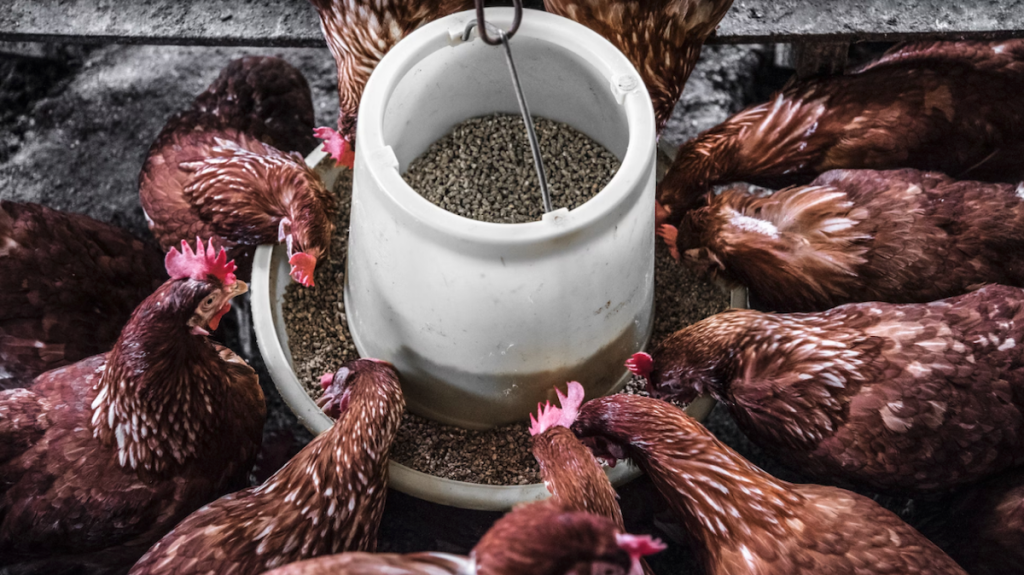The growth and well-being of animals largely depend on the quality of their feed. Turning raw feed into pellets not only ensures uniform nutrition but also is cost-effective and space-saving. At the heart of this transformation lies the feed pellet machine. If you’re in the market for one, understanding the different types and functionalities is vital. This guide will walk you through the essentials of selecting the perfect feed pellet machine for your needs.
Understanding the Basics of Feed Pellet Machines
A feed pellet machine, also known as a pellet mill machine or feed pellet mill, takes crushed feedstock and compresses it into pellet form. The pelleting process ensures uniform mixing of the feed and increases its digestibility, making it particularly suitable for poultry and livestock. There are various types of pelleting machines, each designed for specific animal feeds such as fish feed machine for aquaculture or chicken feed pellet machine for poultry.
Factors to Consider When Choosing a Feed Pellet Machine
- Type of Animal: Different animals require varying nutrition. The animal feed pellet machine you select should be suitable for the specific feed type, be it for fish, cattle, or poultry.
- Capacity: Depending on your production needs, you might opt for a small feed pellet machine or a larger industrial-scale model.
- Price: While considering the feed pellet machine price, it’s essential to balance quality and affordability. Sometimes, investing a bit more upfront can save costs in the long run.
- Features and Technology: Modern machines come with advanced features, including variable speeds, adjustable pellet sizes, and even floating capabilities like in the floating fish feed machine.
Benefits of Pelleting Animal Feed
- Uniform Nutrition: Pellets ensure each portion of the feed contains all the required nutrients.
- Economical: Pelleting reduces waste and ensures better feed consumption, leading to higher returns.
- Storage and Handling: Pellets occupy less space and are easier to transport and store compared to raw feed.
- Improved Digestibility: The heat during the pelleting process makes the feed more digestible, particularly beneficial for poultry and cattle.
Exploring the Market: Where to Buy and What to Expect
The market is teeming with options from a simple food pellet machine to specialized ones like the cattle feed pellet machine. When exploring options, especially when considering a feed pellet machine for sale, platforms like the linked site above are excellent starting points. These platforms provide a plethora of options, ensuring that you get the best value for your money without compromising on quality.
The Future of Feed Pelleting
With the global push towards sustainable farming and animal husbandry, the demand for efficient and high-quality feed pellet machines is on the rise. Innovations like the pellet maker for feed and specialized machines tailored for specific animals are leading the charge in this evolution. As the industry grows, expect to see even more advanced, energy-efficient, and environmentally-friendly machines hitting the market.
Conclusion
Selecting the ideal feed pellet machine is no small feat. It requires a thorough understanding of one’s requirements, paired with a good grasp of the available options in the market. By considering the animal type, production capacity, technological features, and your budget, you can find a machine that not only meets but exceeds your expectations. The world of feed pelleting is vast and ever-evolving, and with the right tools at your disposal, you can ensure optimum nutrition for your animals, leading to healthier livestock and better returns on your investment.





